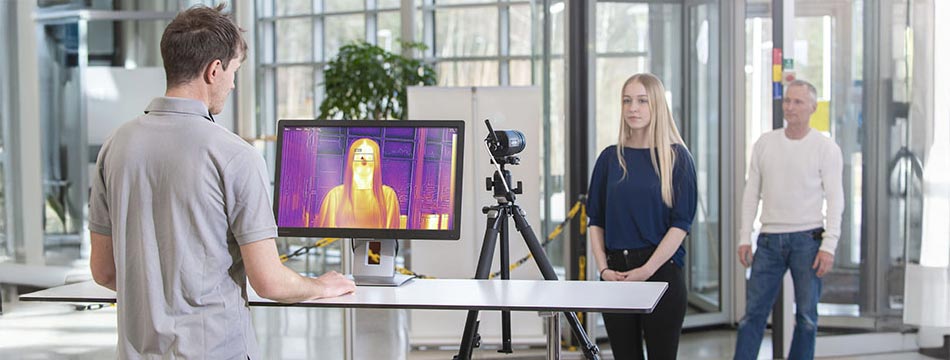
FLIR is registered with the US FDA to supply a variety of thermal products suitable for elevated skin temperature (EST) screening; provided that they are used with additional screening tools such as body thermometers.[1] Many FLIR handheld, automated and fixed-mounted thermal imaging cameras, originally purposed for applications such as electrical and building maintenance, condition monitoring, early fire detection and product control, are suitable for skin-temperature screening. These include FLIR’s Exx- and T-series, as well as A320 Tempscreen and A400 and A700 EST Thermal Cameras.
FLIR’s thermal imaging cameras detect infrared radiation within their field-of-view (FOV) and display this information as an easy-to-interpret thermal image. FLIR advises that thermal cameras should meet the following criteria if they are to be used for human temperature screening:
- Calibration for temperature measurements
- A minimum resolution of 240 x 180px to provide a clear image with multiple measurement points
- A minimum sensitivity of ±0.5°C over 34°C to 39°C to ensure accurate skin measurements[2]
- A NETD thermal sensitivity of 50mk or lower[3]
The aforementioned FLIR Exx-, T- and A-series cameras meet these criteria and are also equipped with FLIR’s Screen-EST™ Mode (Exx- and T-series and A320) or EBT Software (A400 and A700).
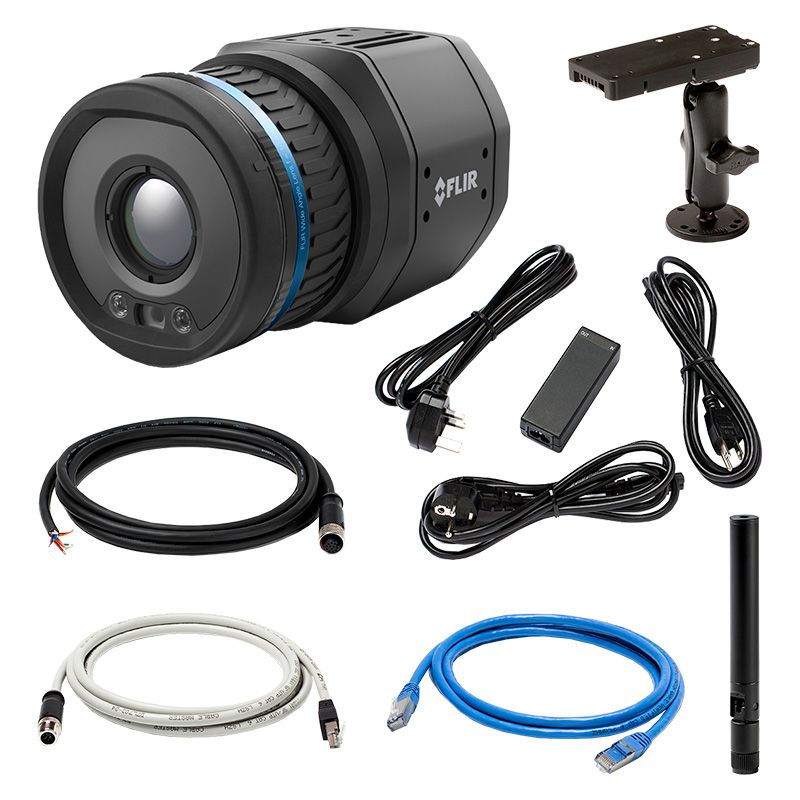
FLIR’s Exx-, T- and A-series Thermal Cameras provide a quick, simple and non-contact method of measuring and detecting differences between human skin temperatures. Moreover, they can be installed at a safe distance (approximately 1-2m) from the screening point, and therefore the person being screened, allowing both parties to adhere to social distancing guidelines. As a result, these FLIR Exx-, T-, and A-series Thermal Cameras are ideal for checking individuals for elevated skin temperature at building entrances.
EST can be indicative of a fever, which is a common symptom of many illnesses including COVID-19;[4] using thermal cameras to identify persons who might be ill can help to protect others from the potential spread of infection. FLIR’s Exx Thermal Cameras are already being utilised at Finnebrogue, a sausage company in County Down (NI), to screen employees prior to entering the building. This, along with social distancing systems, PPE and hand sanitiser stations, has enabled the factory to remain operational throughout the pandemic without compromising the safety and health of its employees.[5] Please see PASS’ Thermal News Roundup for more information.
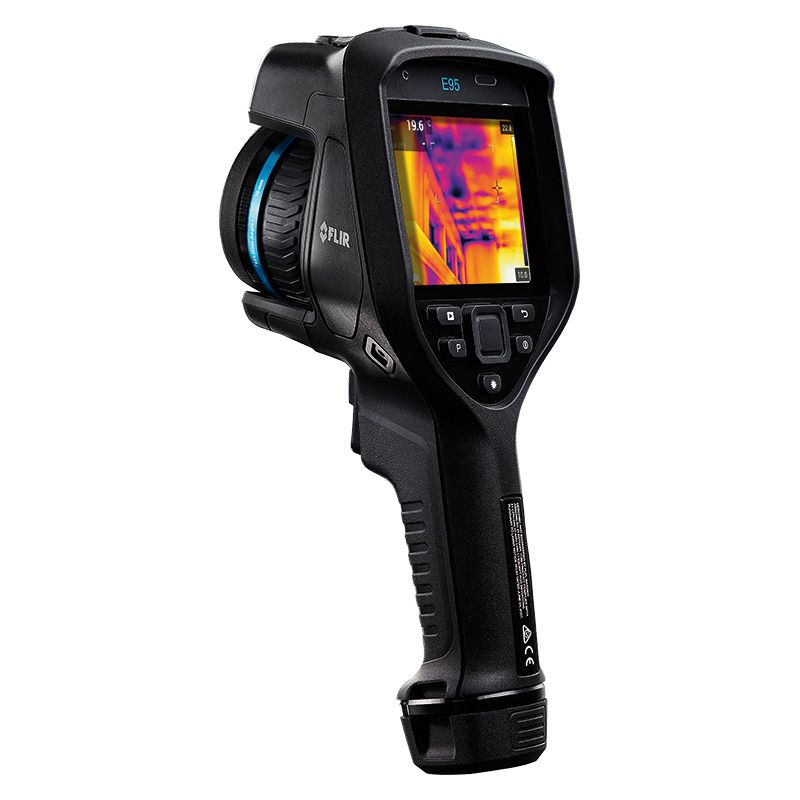
FLIR Screen-EST™ Mode
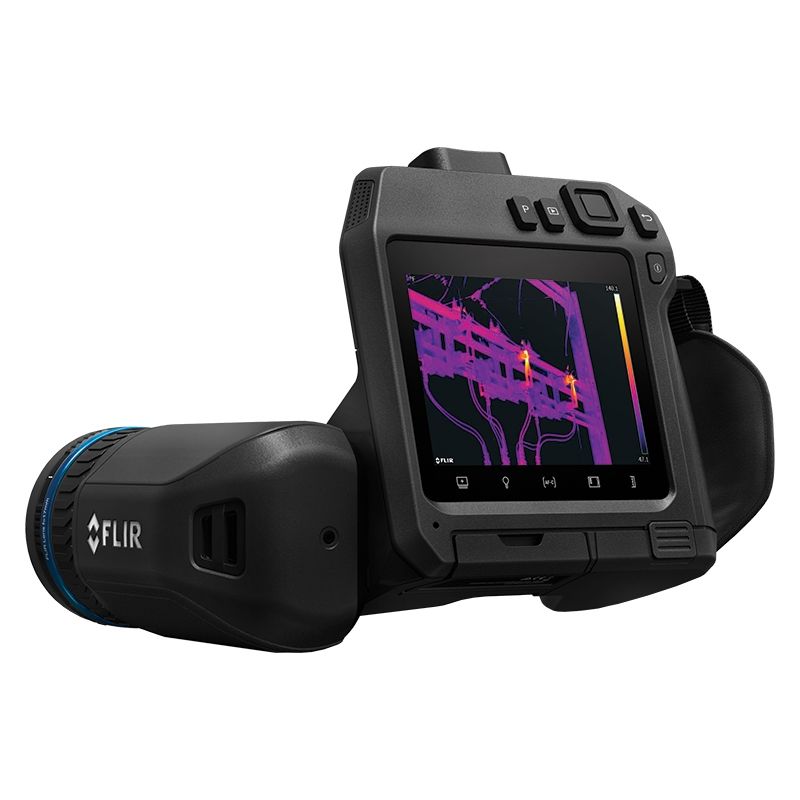
FLIR’s Exx-series, T-series and A320 Tempscreen Thermal Cameras are equipped with a FLIR Screen-EST™ Mode. This built-in screening function is designed to detect individuals with above-average skin temperature. The FLIR Screen-EST™ Mode can be accessed via the FLIR Exx, T or A320 Thermal Camera’s menu system, and, when activated, will run live on the camera’s display (Exx- and T-series) or on a PC (A320 Tempscreen).
The FLIR Screen-EST™ Mode calculates a sample average using skin-temperature data acquired at the site. Each new skin-temperature measurement is then compared to the average value plus the user-set tolerance. Any person who has a skin temperature that is in excess of the average value plus the tolerance will activate the thermal camera’s alarm. For instance, if the average skin temperature value is calculated as 36°C and the tolerance is set at +1°C, then an individual with a skin temperature of 37.5°C will trigger the alarm.
Calculating an average skin temperature for use as a reference point accounts for the ambient conditions of the room. The average skin temperature can be updated periodically using new measurements; each time new data is added the hottest and coldest values are removed to maintain accuracy. FLIR recommends adding new data every sixty minutes (as a minimum) to account for skin-temperature changes and fluctuating ambient conditions that occur naturally throughout the day.
Typically, FLIR’s thermal cameras store up to ten measurements from which an average can be calculated. FLIR advises using all ten measurement points to determine the most precise and reliable value; although an average can be calculated using a minimum of three skin-temperature readings.
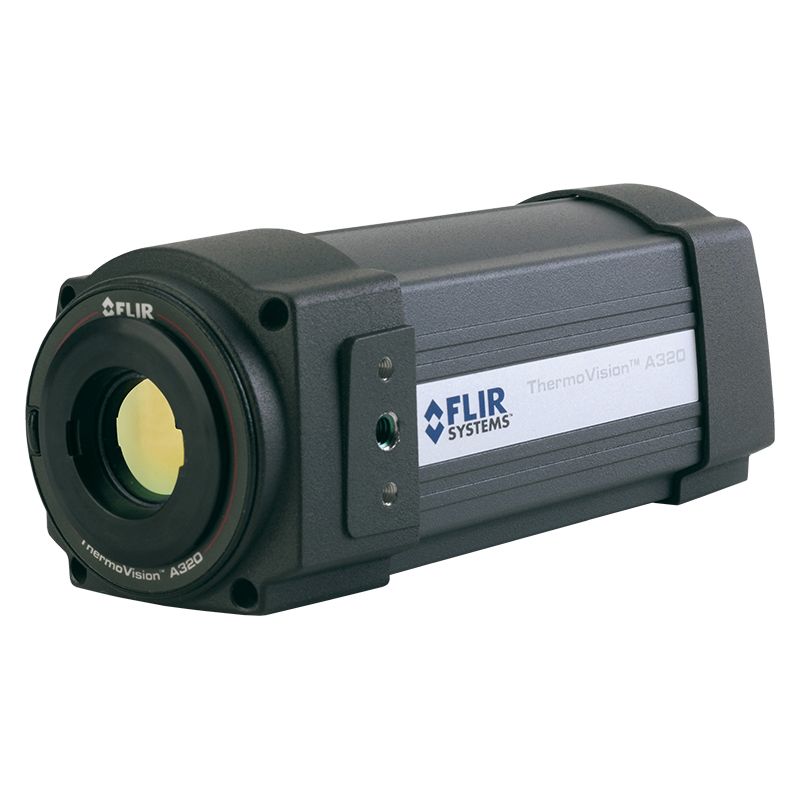
It is important to note that FLIR thermal cameras CANNOT be used to diagnose illnesses such as coronavirus. Any individual that triggers the temperature alarm MUST have his/her body temperature verified using a suitable thermometer. Similarly, skin-temperature-screening thermal cameras are unable to detect asymptomatic carriers and, therefore, cannot be used in place of other hygiene and social distancing measures, such as hand sanitiser stations and face masks/ visors.
However, FLIR Exx-, T- and A-series Thermal Cameras are an effective and efficient preliminary precaution suitable for identifying individuals who might be ill and may need to undergo further medical checks. They can be used, alongside other hygiene and social distancing measures, to help organisations and businesses, such as restaurants, pubs, hairdressers, and select leisure and tourist attractions, re-open safely. [6]
For further information regarding any of these items, please contact our sales team on 01642 931 329 or via our online form.
[1] FLIR, Can I use my thermal camera for elevated skin temperature screening?, last accessed 06 July 2020 <https://www.flir.com/discover/public-safety/can-i-use-my-thermal-camera-for-est?utm_content=1591120549&utm_medium=social&utm_source=facebook>
[2] FLIR, Can I use my thermal camera for elevated skin temperature screening
[3] FLIR, Using FLIR for elevated skin temperature screening, last accessed 06 July 2020 < https://flir.custhelp.com/app/answers/detail/a_id/3539/~/using-flir-for-elevated-skin-temperature/session/>
[4] NHS, Check if you or your child has coronavirus symptoms, last accessed 06 July 2020 <https://www.nhs.uk/conditions/coronavirus-covid-19/symptoms/>
[5] BBC News, Coronavirus and how to beat it on the sausage frontline, last accessed 08 July 2020 <https://www.bbc.co.uk/news/av/stories-53070115/coronavirus-and-how-to-beat-it-on-the-sausage-frontline>
[6] GOV.UK, PM announces easing of lockdown restrictions: 23 June 2020, last accessed 02 July 2020 <https://www.gov.uk/government/news/pm-announces-easing-of-lockdown-restrictions-23-june-2020>


